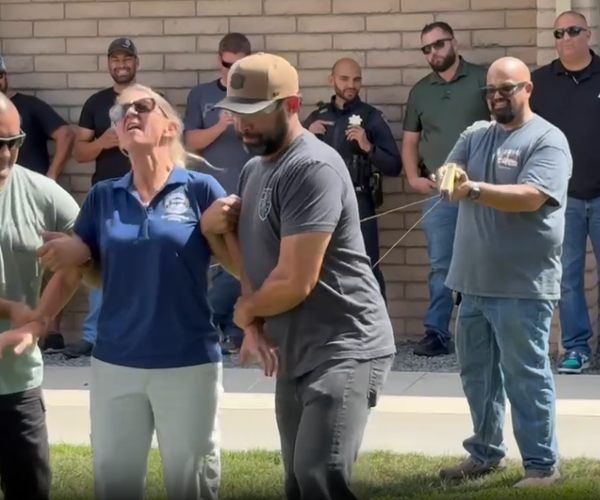The number of Manteca Unified students either homeless or in unstable housing situations soared by 9.09 percent last school year.
That was an increase of 439, going from 1,834 the previous year to 2,273.
It means roughly 1 in every 11 MUSD students meets the federal definition of being homeless under the McKinney-Vento Act.
The definition of student homeless is not as rigid as used by the federal government’s guideline for point in time counts for the homeless.
The last Manteca point in time count in January 2024 placed the community homeless population at 238.
Manteca Unified — whose overall enrollment of 25,000 plus — includes students in Manteca, Lathrop, French Camp, and Stockton’s Weston Ranch neighborhood.
MUSD’s increased count almost mirrored the statewide student homeless count that saw a jump of 9.3 percent to 230,433.
Homeless experts say most of the increase is attributable to better education regarding the federal act, concerted efforts of school officials, and homes advocates stepping up to help those in need.
However, part of the increase was attributed to a rise in homeless due to the state’s ongoing housing crisis.
To ensure these students remain engaged in school and supported both academically and personally, MUSD offers a robust support system and services through the established Transitional Student Success Program (TSSP) .
The program is overseen by dedicated personnel within the Health Services Department.
A district-level TSSP liaison coordinates services and community partnerships.
Each school site has a designated TSSP teacher liaison who monitors the academic progress of identified students and collaborates with classroom teachers to intervene when a student shows signs of struggle.
MUSD provides transportation for eligible students, access to basic necessities such as clothing, hygiene supplies, school activities including field trips, and priority enrollment in after-school programs that offer homework assistance, enrichment activities, and a supper meal.
The district also provides case management for each student identified with support from school counselors and dedicated outreach liaisons based at each school.
As a district, MUSD works closely with community agencies to ensure families receive the broader support they may need.
Staff is trained annually to recognize signs of housing instability, and multiple intake pathways.
As such, it allows the district to respond promptly — whether at enrollment, through annual residency questionnaires, or staff referrals at any point in the year.
A district spokesperson indicates “MUSD remains committed to ensuring that no student experiencing unstable housing is overlooked and continues to actively monitor and adjust supports to meet evolving student needs.”
“Schools can’t solve homelessness, but they can ensure the students are safe in the classroom and getting the education they need to get out of homelessness,” said Barbara Duffield, executive director of Schoolhouse Connection, a national homeless youth advocacy group. “That starts with identifying the child who’s homeless.”
Under the federal McKinney-Vento Act, schools are required to count their homeless students throughout the school year and ensure they receive services. Homeless students also have the right to stay enrolled in their original school even if they move.
About 120 districts in California receive grant money through the McKinney-Vento Act, which last year dispersed about $15.9 million in the Golden State to pay for things like rides to school, backpacks, staff and other services. Districts are chosen on a competitive basis. As such, not all districts that apply receive funds.
President Donald Trump’s recently approved budget does not include McKinney-Vento funding for 2026-27.
To contact Dennis Wyatt. email dwyatt@mantecabulletin.com






